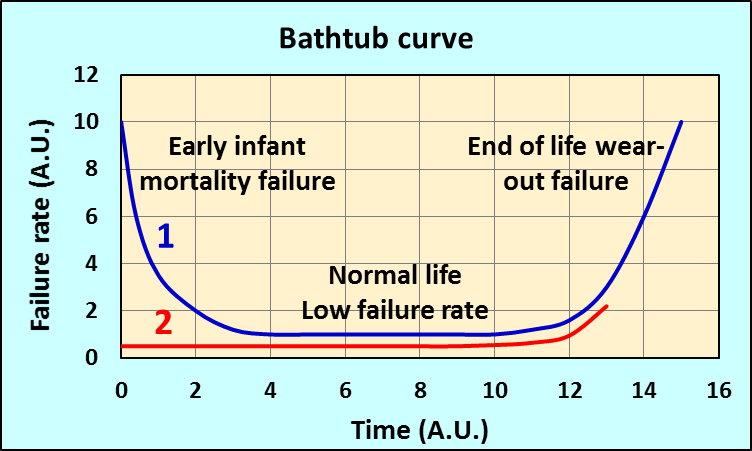International Flipped Class for Chinese Honors Bachelor Students in the Frame of Multidisciplinary Fields: Reliability and Microelectronics
Keywords:
pedagogical innovation, learning by project, flipped classes, microelectronics, reliability, transdisciplinary approach, international teachingAbstract
This paper reports an innovative pedagogic experience performed at South-East University (SEU) with electrical engineering Bachelor honors students (computer science, mechanics, and electronics). The purpose was to develop their motivation and to make them aware of the strategic importance of two aspects of electronic engineering i.e. integrated technologies and reliability assessment of devices and systems. The pedagogical approach was based on a flipped class and learning by project that consisted to involve the students in the two topics. After several lectures on the fundamentals of microelectronics and reliability of electronics components performed by foreign professors, twelve groups of five students were built. Each group had to develop one topic, chosen for its strategic importance. Thus, from a given set of main literature references, the students prepared during three days a twelve pages report and an oral presentation, both in English language. Results were generally very good. Most of the students succeeded in addressing issues that were completely new for them. They clearly built by themselves the skills allowing understanding of all the important aspects of the topics they had to approach. This paper gives details on the organization, the content and the final evaluation.
References
O. Bonnaud and L. Fesquet, “Multidisciplinary topics for the innovative education in microelectronics and its applications,” Proc. of 14th International Conf. Information Technology Based Higher Education and Training, 2015, pp. 1-5.
O. Bonnaud and L. Fesquet, “Innovating projects as a pedagogical strategy for the French network for education in microelectronics and nanotechnologies,” Proc. of IEEE International Conf. Microelectronic Systems Education, 2013, pp. 5-8.
O. Bonnaud and L. Fesquet, “Communicating and smart objects: multidisciplinary topics for the innovative education in microelectronics and its applications,” Proc. of International Conf. Information Technology Based Higher Education and Training, June 2015, pp. 1-5.
G. Matheron, Keynote, Microelectronics evolution, European, Microelectronics Summit, Paris, 2014.
F. Jensen, Electronic component reliability: fundamentals, modelling, evaluation, and assurance, 1st ed., Wiley, 1996.
G. E. Moore, “Cramming more components onto integrated circuits,” Electronics Magazine, vol. 38, no. 8, pp. 114-117, 1965.
O. Bonnaud and L. Fesquet, “Trends in nanoelectronic education from FDSOI and FinFET technologies to circuit design specifications,” Proc. 10th European Workshop on Microelectronics Education, May 2014.
M. Swaminathan and J. M. Pettit, 3rd System Integration Workshop, 2011.
O. Bonnaud and L. Fesquet, “The new strategy based on innovative projects in microelectronics and nanotechnologies,” ECS Journal of Solid State Science and Technology, vol. 2, no. 11, pp. 1-7, 2013.
“CNFM: Coordination Nationale pour la formation en Microélectronique et en nanotechnologies,” http://www.cnfm.fr.
O. Bonnaud and P. Gentil, “GIP-CNFM: a potential model for micro and nanoelectronics education, invited communication, design and technology of integrated systems in nanoscale era,” Proc. Design and Technology of Integrated Systems, March 2008.
O. Bonnaud and L. Wei, “A way to introduce innovative approach in the field of microelectronics and nanotechnologies in the Chinese education system,” Proc. of Engineering and Technology Innovation, vol. 4, pp. 19-21, 2016.

Published
How to Cite
Issue
Section
License
Submission of a manuscript implies: that the work described has not been published before that it is not under consideration for publication elsewhere; that if and when the manuscript is accepted for publication. Authors can retain copyright in their articles with no restrictions. is accepted for publication. Authors can retain copyright of their article with no restrictions.
Since Jan. 01, 2019, AITI will publish new articles with Creative Commons Attribution Non-Commercial License, under The Creative Commons Attribution Non-Commercial 4.0 International (CC BY-NC 4.0) License.
The Creative Commons Attribution Non-Commercial (CC-BY-NC) License permits use, distribution and reproduction in any medium, provided the original work is properly cited and is not used for commercial purposes.



